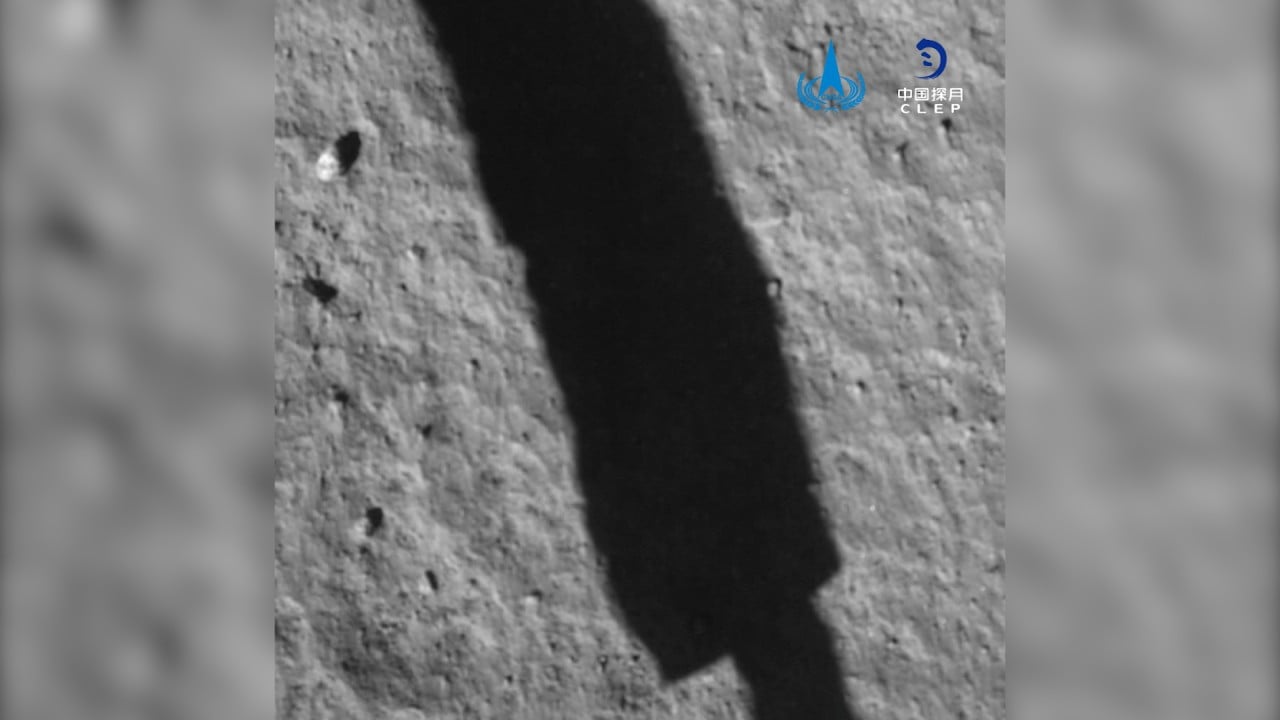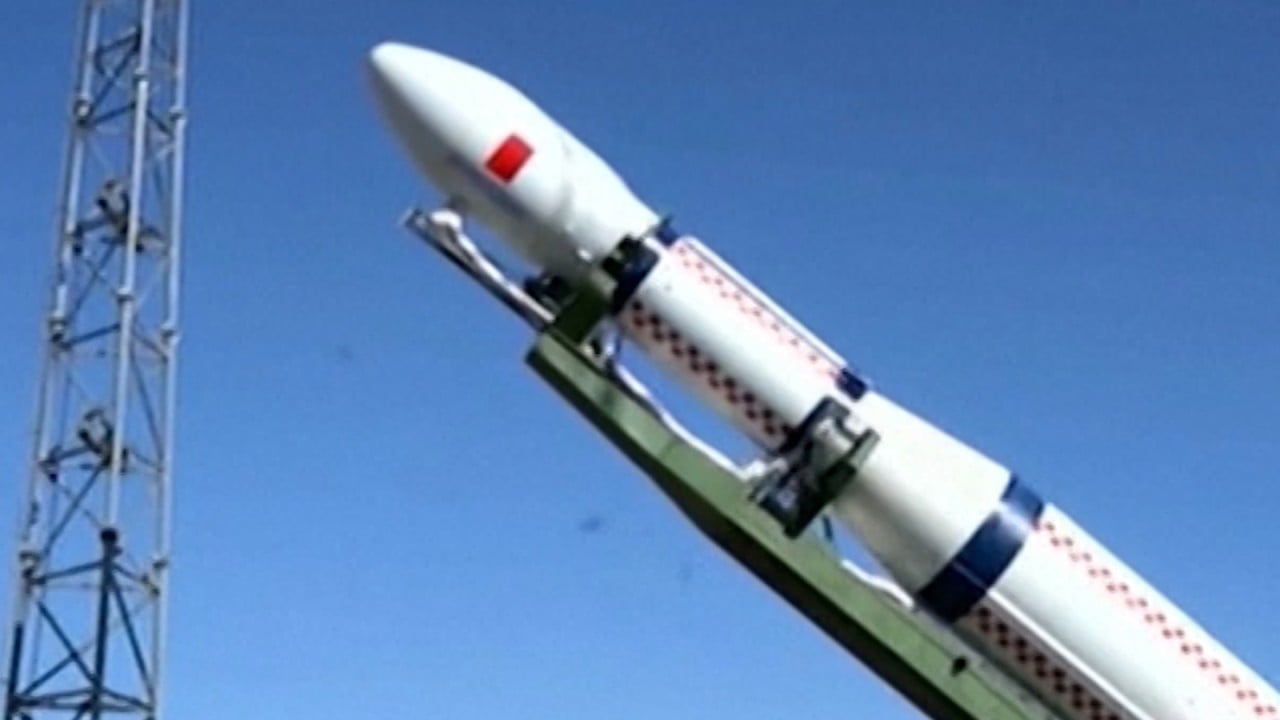
China launches new Long March-8 rocket in step towards reusable space vehicles
- The rocket carries five satellites into space on its maiden flight after launch from Hainan
- Future variant of the rocket will be reusable, enabling cheaper, more frequent launches as China seeks to grow its share of the space launch market
China launched its latest rocket from its southern island of Hainan on Tuesday, as it progresses towards its target of developing reusable launch vehicles.
A future variant of the new rocket, the Long March-8R, will be reusable, putting it on a par with the Falcon series made by American aerospace company SpaceX.
Wu Yitian, the Long March-8’s deputy chief engineer, said the new rocket was cost-effective. “Our goal is to earn a place in the space launch market both at home and abroad,” Wu was quoted as saying in a WeChat post by the Chinese military’s media centre.

02:01
China successfully lands Chang’e 5 probe on moon to collect lunar samples
The reusable version’s first-stage and booster engines are expected to be retrieved through vertical landing, reducing the cost and preparation time of future launches. According to an animation by CCTV, the reusable parts would land on a floating platform.
Song Zhengyu, the Long March-8’s chief engineer, told CCTV that China would next year test a rocket stand that will be used to launch the Long March-8R.
Tuesday’s launch sent five satellites into designated orbits. Their tasks include conducting experiments on remote sensing and communication technologies, state news agency Xinhua reported.
The new rocket is intended to meet a demand for more economical and frequent medium-load commercial missions. China’s space programme is state-run, but it provides commercial launching services for other countries and companies.
Unlike most rockets, the new series will use non-toxic propellants. It will require about 10 days of preparation to launch.

01:06
China launches world’s first 6G satellite into orbit
The launch was widely believed to be the last major space exploration activity for China this year, closing a busy chapter in its space programme.
China also conducted a secretive test flight of what was believed to be a fixed-wing reusable spaceplane.
The US remains the front-runner in technologies such as reusable launch systems and satellite manufacturing.

